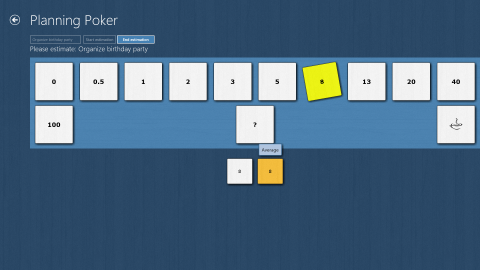If you ever tried to create an execution environment to automate business- or integration processes based on Open Source products, you know that this is not an easy task. Although Open Source products like Activiti or Apache Camel are of high quality, they do not run with production grade quality out-of-the-box. For serious usage scenarios typically a lot of work is required to integrate those products into a sound platform. This fact hinders companies to use those great products and turn to closed source alternatives from Oracle, Appian or Inubit, just to name a few.
Now there is an interesting alternative called oparo. oparo is an integrated process automation platform based on rock solid Open Source products. oparo is not limited to BPMN processes only. It rather focuses on the entire process spanning business, workflow, mediation and integration.
The platform does all the plumbing required to turn single products such as Activiti, Apache Camel, Apache ActiveMQ, Lucene/Solr, etc. into a platform that can be used out-of-the box. Even better, oparo is entirely ASF2.0 licensed (today and tomorrow) which offers broad usage options and does not involve any hidden costs for enterprise features.
oparo shields the process engineer (the guy who analyses and automates processes) as much as possible from low level technical tasks such as connecting and transforming Camel and Activiti message payloads. It offers a unified development approach for the process engineer to focus on business functionality instead of technical plumbing. Moreover it comprises additional valuable services such as process flow tracking, humantask integration or a registry. Due to oparos service binding approach, those services can be easily integrated in existing IT landscapes using almost any technology (e.g. .NET, JEE, HTML5/JS/CSS). The runtime is scalable (in terms of technology and licenses), the set up is automated and the whole platform is based on proven standards.
If that sounds promising, you can give it a try. You can find more information and a downloadable jumpstart distribution at oparo – the efficient process platform (German only)
